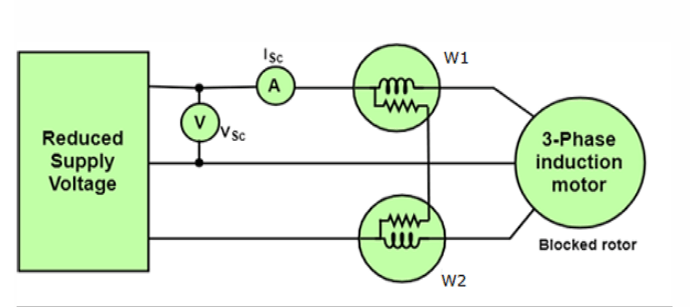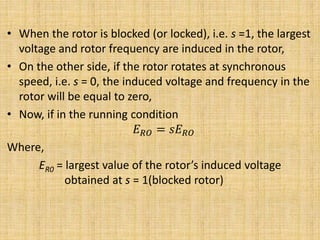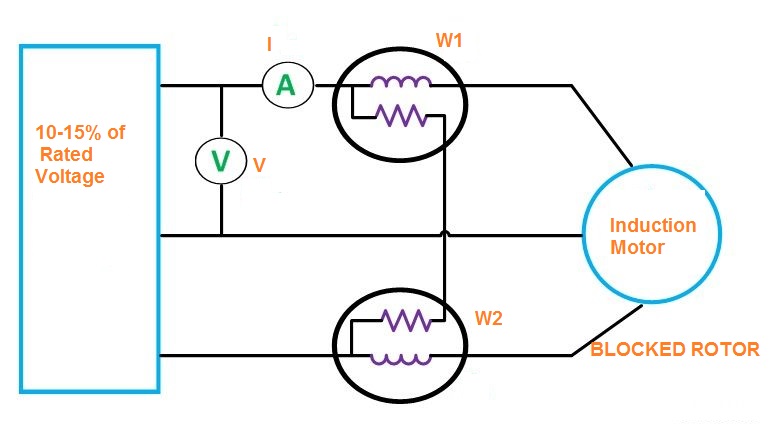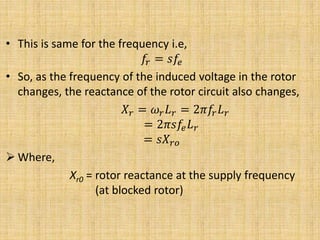Reference




OpenAI's Answer
The blocked rotor test is typically conducted at one-fourth the rated frequency due to several technical reasons related to the characteristics of the induction motor.
-
Current Limitation: Conducting the test at a lower frequency helps to limit the current to a manageable level. At rated frequency, the rotor is effectively short-circuited, and the current would be excessively high, which could damage the motor.
-
Impedance Consideration: The rotor's effective resistance and reactance differ at low frequencies compared to high frequencies. By testing at one-fourth the rated frequency, the test can better simulate the conditions under which the motor operates at startup, allowing for accurate data regarding losses and performance.
-
Slip and Torque Relationship: The blocked rotor condition simulates a high slip situation (essentially maximum slip), which is necessary to evaluate the motor's performance under locked conditions. Testing at a lower frequency maintains a higher slip, which is critical for assessing the motor's characteristics accurately.
-
Voltage Application: The test requires applying a reduced voltage that corresponds to the rated current at the lower frequency, facilitating a more controlled test environment.
This approach helps engineers determine important parameters such as impedance, efficiency, and losses within the motor under conditions that reflect real operational challenges.
For further details, you can refer to the source: Blocked rotor test - Wikipedia.
Here are some relevant images that illustrate the concept of the blocked rotor test:



Follow Up
Related
What references provide detailed information on blocked rotor tests and their significance?
How does nisoxetine compare to lidocaine regarding potency and duration of cutaneous anesthesia?
What is the role of metadata blocks in the ext4 file system?
What was the significance of the Wood Block in downtown Hoosick Falls?